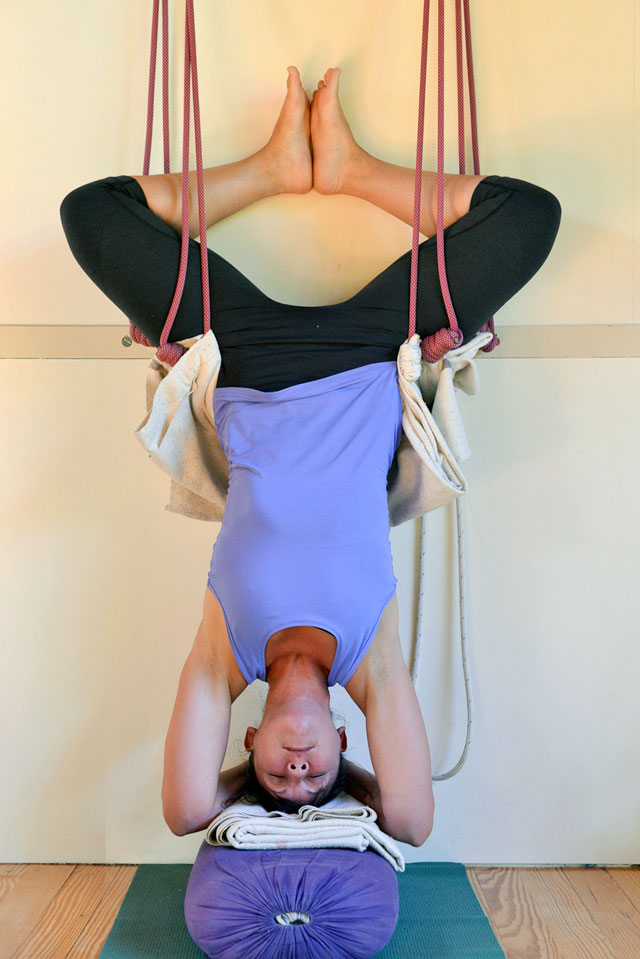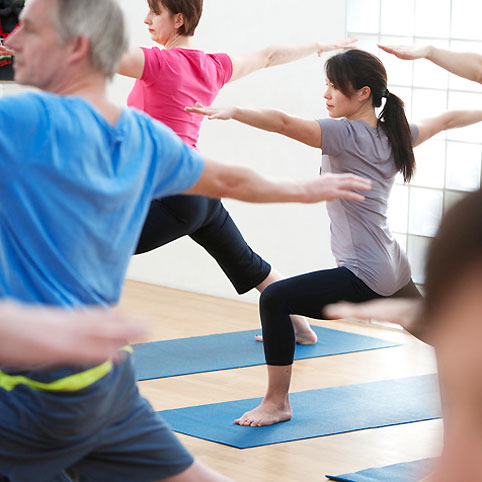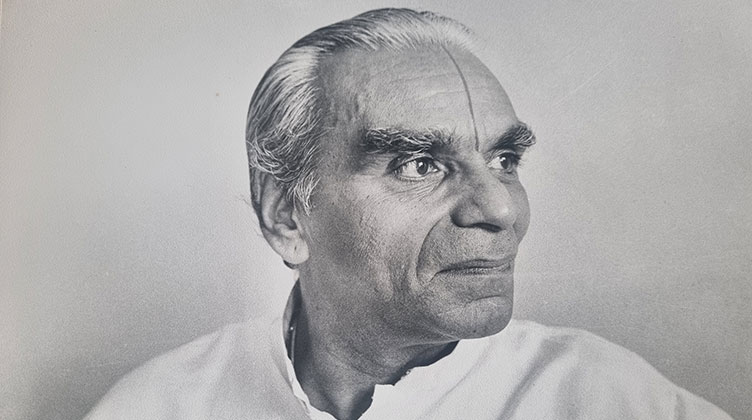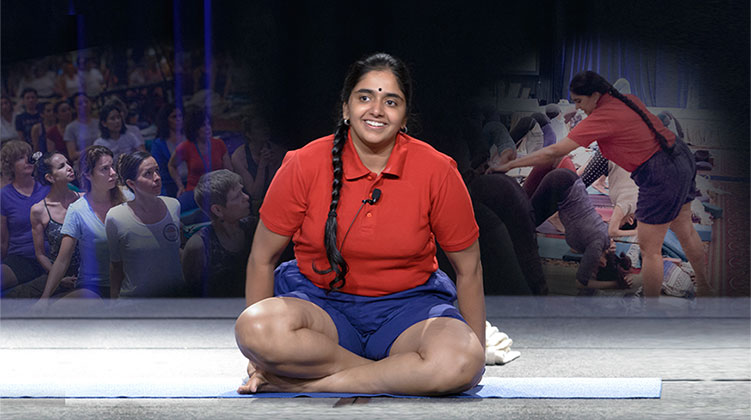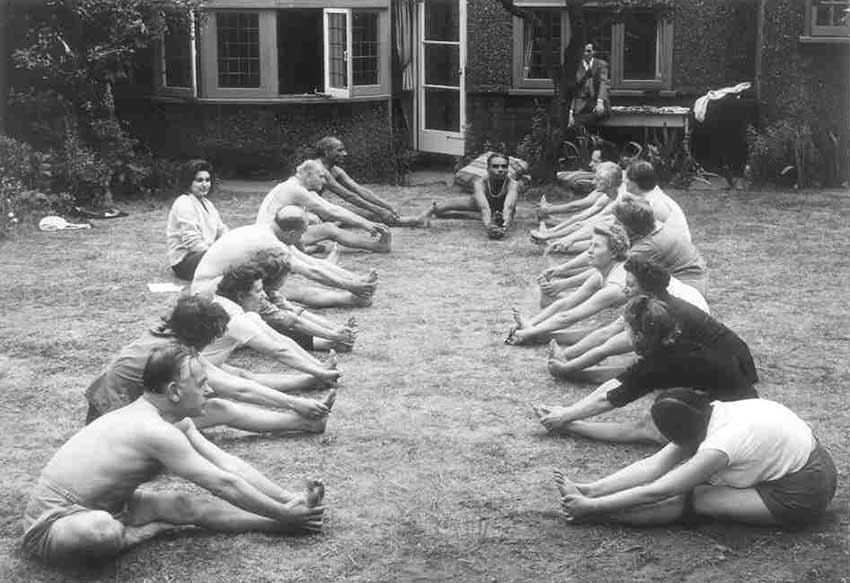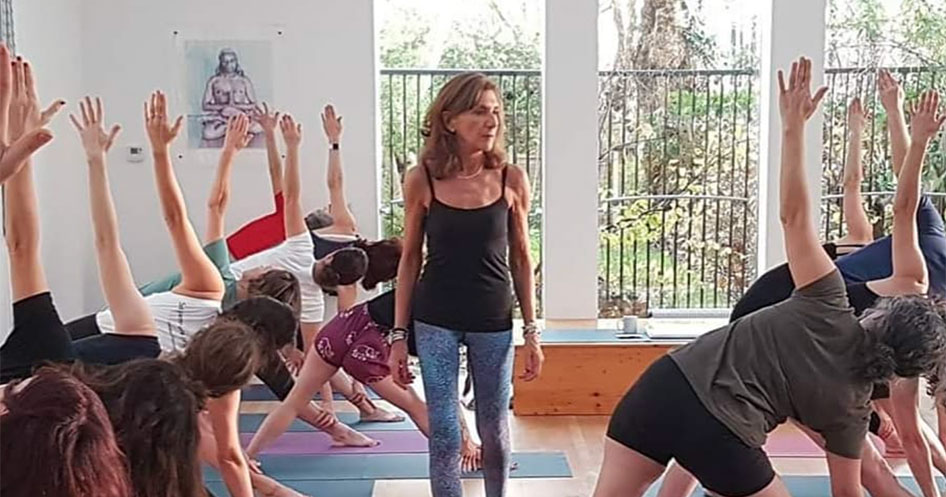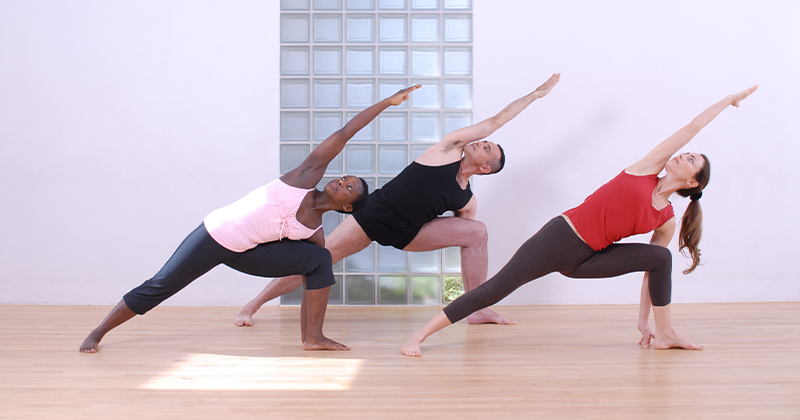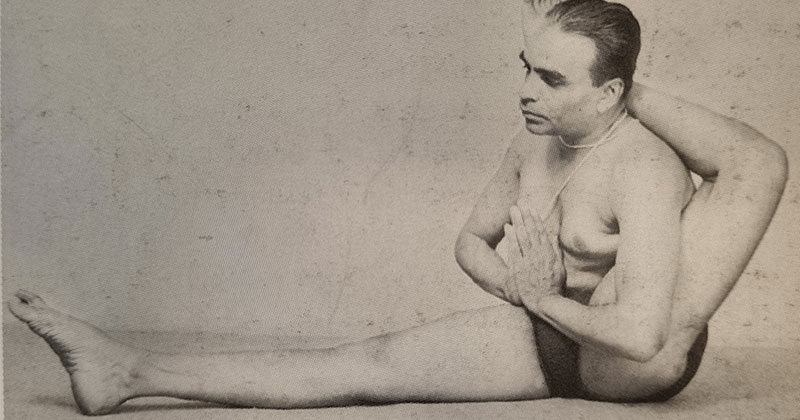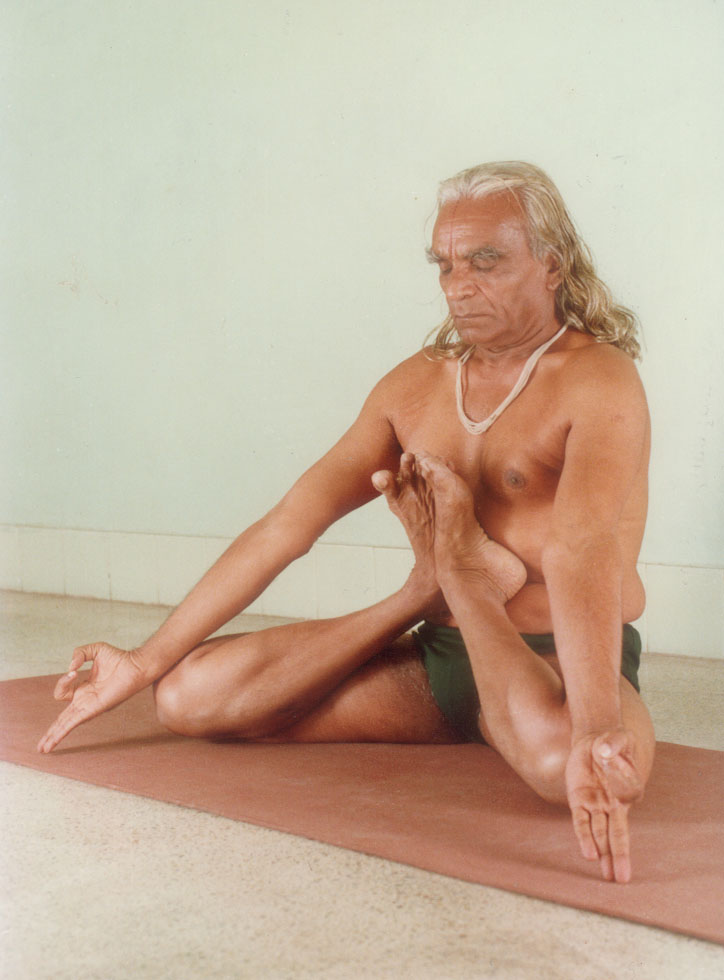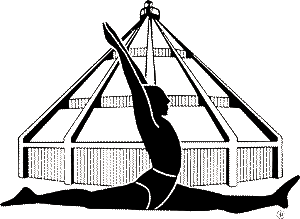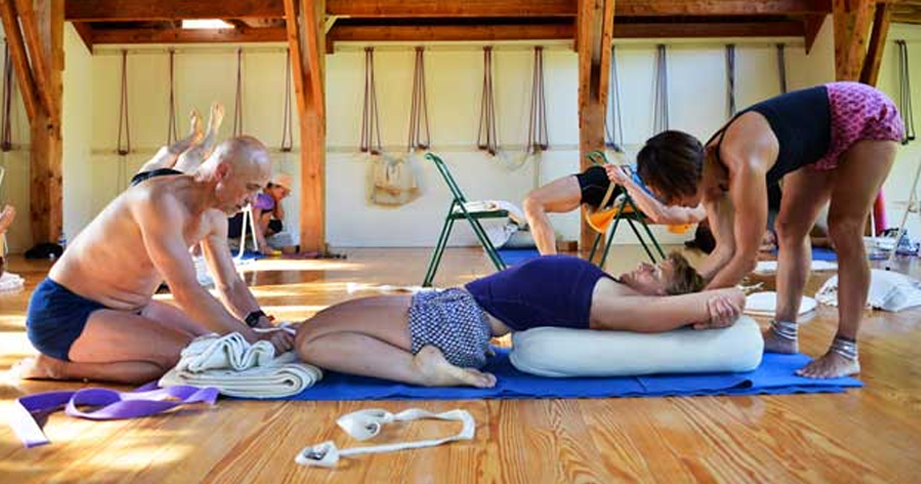
BKS Iyengar’s Asanas for Emotional Stability
Senior Iyengar yoga teacher and trainer, Alaric Newcombe, has taught at Iyengar Yoga London since 1991. He holds an annual retreat for teachers, trainees and experienced practitioners. The daily routine includes an hour and a half of pranayama, a three hour asana class and two to three hours of self practice, overseen by Alaric, where students work though the Asanas for Emotional Stability from BKS Iyengar’s book Light On Life.
BKS Iyengar’s Asanas for Emotional Stability is a sequence of fifteen supported yoga poses presented with detailed instructions and illustrations on use of props and timings. Here Alaric shares his thoughts about teaching this sequence to his students and trainees.
Repetition and group work
When done regularly and well the Asanas for Emotional Stability are effective. But there’s the challenge; regularly and well! On my retreats we practise the Asanas for Emotional Stability each afternoon so students can learn to do it well and experience where it does and doesn’t work. We have teachers and trainee teachers in the group and it’s good for them to learn how to observe and see what adjustments are needed. I’m also there giving corrections and adjustments and observing, which gives me a lot of information about the students. I see what difficulties they’re having and address these in the daily asana and pranayama classes.
Practising as a group helps bring people together with a working attitude towards the asana. This Emotional Stability sequence is hard to do. Most experienced practitioners are not doing two hours of quiet, recuperative practice by themselves. When they work together in a group, students can provide each other with a supportive atmosphere that encourages individual progress.
Sequence structure
Guruji describes the benefits of each group of asana in this sequence and it is significant that they build up to pranayama. The first three postures calm the mind and the following group balance the intelligence of the intellectual centre, the head, and the emotional centre of the heart. After this work on balancing head and heart there are two asanas to stimulate the brain for positive thinking. This leads to Viloma pranayama (interrupted outbreath) and Savasana II to quieten the body to support inner stillness. If you look at the illustration of the final posture of the sequence, Savasana II, Guruji is not lying down and falling asleep, there is a restful yet alert introversion.
What makes this sequence so challenging?
Staying in a posture for an extended time is an important part of Iyengar yoga. This ‘staying’ is something Iyengar developed increasingly over his lifetime. It’s something that beginners find very hard to do because they don’t know how to achieve Savasana in the ‘head’ while being steady and active with the ‘body’; the state of inward release and concentration is challenging. Until there is enough experience students get comfortable and just fall asleep or they quickly become irritated.
To do the Emotional Stability sequence – the supported Viparita Dandasana, the chair shoulder stand, the supported Setubhanda Sarvangasana – the body has to know the postures. You can’t collapse on the props. You have to already know the postures without props. You have to maintain the physical actions of the asana and the props just assist you while every part of the body is doing the posture. To do a chair shoulder stand, a Viparita Karani, or a Setubandha like Guruji demonstrates in the illustrations in Light On Life, you have to have excellent control over the activation of the shoulders, the chest, the legs etc. Then you can work towards the release of the organic body. It takes a lot of time and skill to learn this which is why I repeat it and why I supervise the practice sessions.
Balancing effort and ease
My students are a great bunch who really have a positive attitude towards their practice and life generally. They’re relaxed and they’re happy and they support each other well. I think that all these qualities of friendliness, goodwill, compassion, that Iyengar wanted for us manifests through practising what he gave us. The balancing of the intelligence of the heart and the head is important and it does take time. That’s why the staying is so important as it allows you to balance the effort and the ease in the postures. You get a good opportunity to do that. If there’s too much ease you slump, you collapse, and you start getting discomfort. If there’s too much effort you just can’t hold it. So the time element informs you; are you working too hard? Are you not working hard enough? Or is there confusion in your work.
Directionality and extension
Doing the Asanas for Emotional Stability will be aggravating or exhausting if you’re confused about the directionality of the postures. It’s great how in the instructions for the sequence Guruji put in small arrows for actions and long arrows for directionality. He spoke about the importance and value of the extension of consciousness, not just extending in the body but the extension of consciousness. I think that’s what directionality is to do with. It’s the first thing that catches my eye when I am overseeing students practising this sequence. It’s the directional gestures of the legs or the chest etc. that stand out.
These are really hard postures and they can be refined and refined. As you saw with Guruji’s practice, he continued refining these superficially straightforward postures. It’s this subtlety that makes the practice more and more meditative and nurturing for the inner self. That’s the reason for repeating them and for practising with others. As the asana become more subtle they become closer to pranayama, closer to dhyana (an awareness of oneness which is inclusive of perception of body, mind, senses and surroundings while remaining unidentified with it). My hope is that by practising with others this sequence will get into the bones of my students and they will eventually be able to practise it by themselves.
Download a PDF of the Asanas for Emotional Stability sequence below
We recommend that you learn the practice under the guidance of an experienced and qualified teacher so you do it correctly, get the benefits and avoid injury.
Blog categories
Become a member
Join our community to get reduced class prices, early booking for events and workshops plus access to the studio for self practice.
Recent news and articles
2024 Convention – Group Livestream Event
7 March 2024|
The First Public Iyengar Yoga Class in the UK
22 November 2023|
NEW Hybrid Classes
5 September 2023|
7 Day Visitor’s Pass
26 June 2023|
Geeta Iyengar on Why We Practise Difficult Asanas
26 June 2023|


